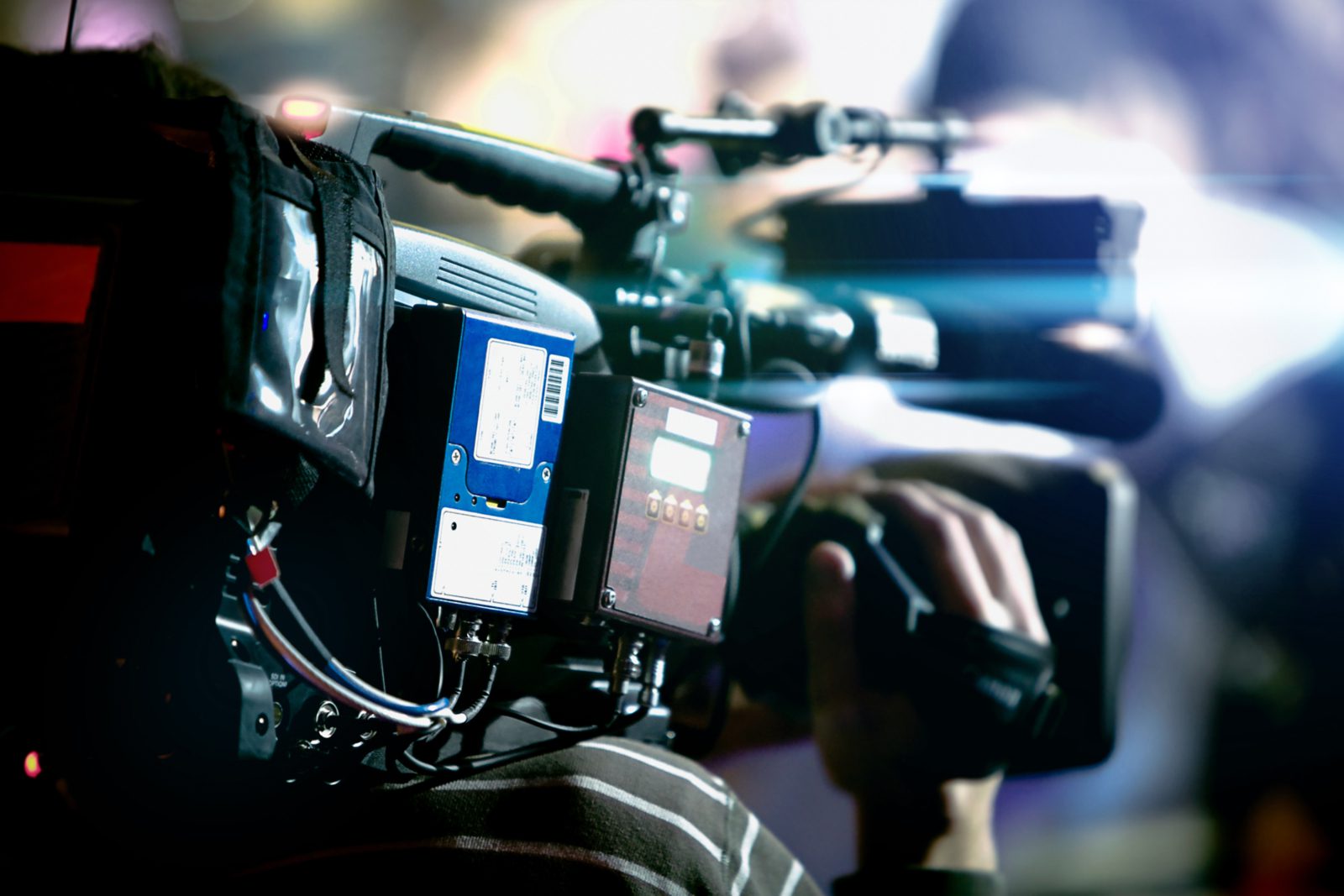[fusion_builder_container type=”flex” hundred_percent=”no” equal_height_columns=”no” hide_on_mobile=”small-visibility,medium-visibility,large-visibility” background_position=”center center” background_repeat=”no-repeat” fade=”no” background_parallax=”none” parallax_speed=”0.3″ video_aspect_ratio=”16:9″ video_loop=”yes” video_mute=”yes” border_style=”solid”][fusion_builder_row][fusion_builder_column type=”1_1″ layout=”1_1″ background_position=”left top” border_style=”solid” border_position=”all” spacing=”yes” background_repeat=”no-repeat” margin_top=”0px” margin_bottom=”0px” animation_speed=”0.3″ animation_direction=”left” hide_on_mobile=”small-visibility,medium-visibility,large-visibility” center_content=”no” last=”true” hover_type=”none” first=”true”][fusion_text hide_on_mobile=”small-visibility,medium-visibility,large-visibility” sticky_display=”normal,sticky” animation_direction=”left” animation_speed=”0.3″ animation_delay=”0″]
For outdoor brands, trade shows like Outdoor Retailer are core components of their marketing strategies and budgets. Every six months or so, brands pay a premium for booth space to make the most of the golden opportunity to present their products to key buyers in a single location.
While most marketing leaders are well versed in the art of maximizing their trade show presence, they often overlook another tactic that serves many purposes in both direct to consumer marketing as well as b2b marketing: video production.
Here’s why outdoor brands must add video content to their 2017 marketing strategies:
1) 2017 Will Show Great Wins for Marketing Leaders That Prioritize Video Content
Content matters more than ever, and I’m not talking about spinning more blog content. Lifestyle videos showing outdoor products in action will help marketing leaders differentiate their brands from the competition. As with all forms of advertising, the key messaging in these videos needs to hinge on the benefits received by the end user. What better way is there to show a product’s benefits than in HD video? When done right, lifestyle videos can tell an entire story in as little as thirty seconds.
Pro tip: If you can’t tell your brand or product’s story in a lifestyle video in three minutes or less, you need to refine your story.
2) Videos Improve Search Rankings
Not only is video a great tool for telling a brand’s story, but when posted properly, video will help your site’s search rankings too. Outdoor brands can optimize their videos to rank on Google’s first page by extending their keyword optimization strategy to the video’s title, description, and tags. Every public video a brand produces, regardless of purpose, should be posted on YouTube and optimized for search. Remember, Google owns YouTube and constantly ranks YouTube videos over all other content.

3) Video Doesn’t Have to Cost A Lot
Your video doesn’t have to be top-notch production with twenty person crews, though. Outdoor brands have a unique advantage: the relevancy and authenticity of footage from GoPro and WASPCAM cameras. Marketing leaders should capitalize on their athletes by equipping them with action cameras that are both cost-efficient and capable of producing captivating footage. Production is the most expensive aspect of video marketing; leveraging high-definition “amateur” video and then making the most of it in post-production is a great way to stretch your video marketing budget.
Another low-budget video marketing tactic at the disposal of outdoor industry marketers is influencer marketing. Brands with a solid PR strategy that includes influencer marketing can get an assist from those influencers by having them produce their own video content. Self-made videos from trusted voices in the outdoor community go a long way toward building trust with consumers. While the cost of the influencer will vary by their audience size and engagement, the cost of the video production itself will be a fraction of a traditional video shoot.
4) Live Content is Engaging and Authentic
Outdoor brands looking to make a bigger impact on social media should start with Facebook Live. Facebook Live videos are as raw and authentic as they come. Shot predominantly from cell phones, often in less-than-ideal production settings, Facebook Live videos are a great way to capture the attention of Facebook audiences. At Fidelitas we’ve seen as much as a 10x improvement in organic reach and engagement from our own Facebook Live videos. A quick trip to the
Fidelitas Facebook Page will show you just how simple these videos can be.
5) You Can Maximize Your Video’s Impact with Paid Placements
Outdoor brands looking to maximize the impact of their videos should allocate a portion of their marketing budgets to video ads. Facebook, Instagram, and YouTube are all great places to start with a video marketing budget. At Fidelitas, we typically recommend that clients put off buying video ads on other channels until they’ve maximized their ROI on the core platforms.
Pro tip: Marketing leaders should pay close attention to what each platform counts as a “view” of a video ad. There’s a big gap in engagement between a three second view with the sound off and someone watching a video to completion while turning the sound on.
If marketing leaders are planning to run their videos as advertisements on Facebook, they should produce those videos in such a manner that they’re still engaging even if viewed without sound. Ironically, as technology advances, Facebook’s auto-play functionality of video ads has brought back the silent movie, now viewed on a vertical screen as customers scroll through their mobile newsfeeds.
Need help sorting out your brand’s video strategy? Our team as Fidelitas Development would be happy to help!
Contact us here to learn more about how to best construct your brand’s video campaigns.
[/fusion_text][/fusion_builder_column][/fusion_builder_row][/fusion_builder_container]

